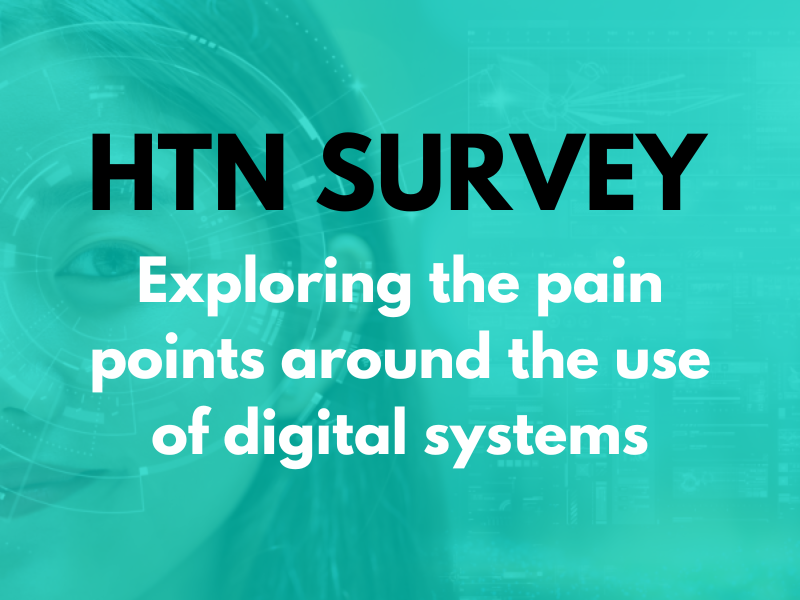NHS England has shared a preliminary market consultation and request for information (RFI) from suppliers for a single patient record (SPR), aiming to gain innovative ideas from the market, consider all options available, and approach the SPR in “the most effective way possible”.
Draft minimum functionality is outlined, along with a request for feedback from suppliers on how NHSE can maximise the value of current infrastructure in the development process.
NHSE outlines its working vision for the SPR, including a draft definition, draft minimum functional and non-functional requirements, data inputs and outputs, and a set of early draft use cases. The core vision, this states, is to grant patients visibility and control of their data, enabling them to read, write, share joint care plans and offer corrections to data, as well as to manage sharing preferences and have access to an audit of who has viewed their record and for what purpose.
The record will also serve as a single version of the truth, integrating data across settings, and enabling health and care providers to “work from the same record and to see key primary and secondary care NHS interactions, as well as autonomously prompt actions to occur”. The vision notes the need for data to be made securely available for third-party applications, such as for research purposes and clinical trials.
This vision aligns with the Health Mission, and is a “major enabler to create an NHS fit for the future”, the document goes on, helping move from hospital to community, from sickness to prevention, and from analogue to digital. The NHS app is envisioned as a digital front door to health services, it states, whilst the collation of data offers opportunities for AI, and a digital infrastructure transformation can enable direct interaction between care settings “encouraging greater productivity and efficiency of clinicians”.
Suppliers are invited to advise on how NHSE might maximise the value of current infrastructure to develop an SPR within their response, with a draft SPR product definition comprising minimum functionality across retrieving data and sending data, information governance, security and resilience. For citizens and patients this reflects the ability to view and edit relevant data, to manage proxy access, and to prove identity; whilst for care professionals it also covers DSPT when inputting data and only being able to see data authorised for access. Functional requirements to see user access history and changes made, to monitor system logs in real-time, and to restore services within an expected timeframe, are also set out.
Offering a range of use cases for the SPR, NHSE presents an example of a care professional hoping to see key information about a patient. The data needs to be complete, to include data held in different places, to be combined with any duplication removed, with inconsistencies identified and resolved, presenting a combined single view. “Ideally when I look at this combined view, it would highlight any really important potential clashes right there on screen,” the use case provides, “like a reaction risk between a medicine and an allergy, or two medicines that shouldn’t be taken together.”
To submit a response to the RFI, please click here.
Wider trend: The future of patient records
A recent panel discussion saw HTN joined for a discussion on the role of digital in NHS reform by Dawn Greaves, associate director of digital transformation at Leeds Community Healthcare; Ananya Datta, associate director of primary care digital delivery at South East London ICS; and Stuart Stocks, lead enterprise architect with Aire Logic. Panel members shared their insight and experience from a wide range of digital projects including EPR and Shared Care Records, highlighting what worked well and their learnings; how their organisations are currently tackling key challenges such as capacity and demand, and managing waiting lists; and balancing risk with innovation.
NHS England has published its latest roadmap for the future of the NHS App, highlighting aims to increase users’ ability to self-serve, support operational efficiency and costs, and to design the app to support health system performance indicators. The roadmap covers health records, appointments, prescriptions, integrated services, messaging, design and navigation, and platform and analytics, noting what has been completed to date, what has been worked on, and what is next for the NHS App.
Earlier this year, we shared how Cambridge University Hospitals went live to provide teams with “instant access” to their region’s shared care record directly from the trust’s Epic EPR. In what Cambridgeshire and Peterborough ICS is noting as “a major milestone” in the roll-out of the shared care record, access is granted through a role-based access control model, which makes information available based on job role and Epic login details. It means within the Epic EPR, staff can click a “Shared Care” button to access the record.






